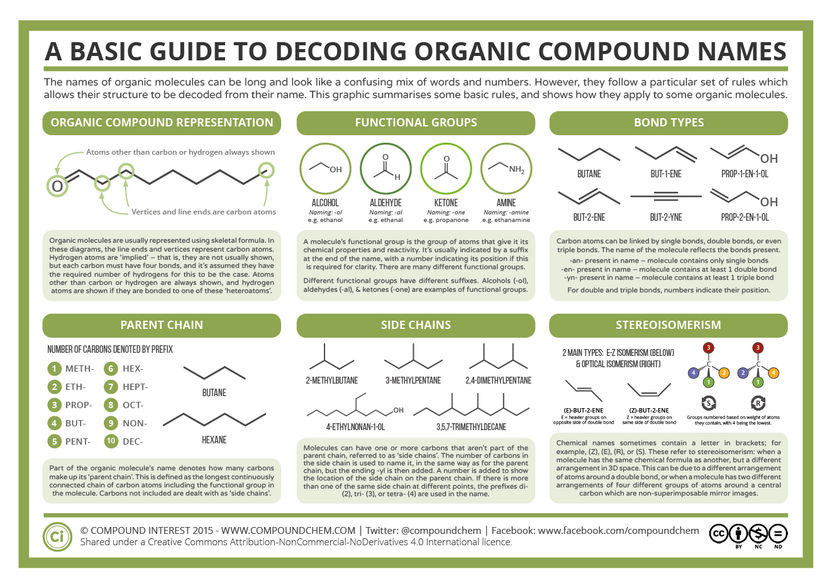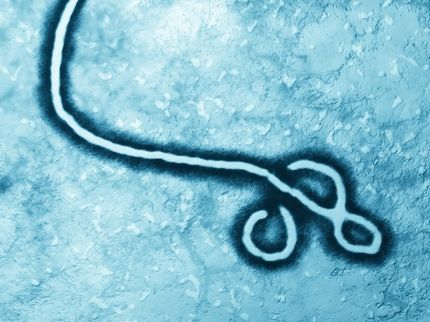New model may help scientists better predict and prevent influenza outbreaks
Each year, the influenza virus evolves. And each year, public health officials try to predict what the new strain will be and how it will affect the population in order to best combat it. A new study by an international team of researchers, led by assistant professor Andrew W. Park, who holds a joint appointment in the University of Georgia Odum School of Ecology and in the College of Veterinary medicine, may make their task a little easier. The study breaks ground by working across scales and linking sub-molecular changes in the influenza virus to the likelihood of influenza outbreaks. The paper, published in Science, shows the relationship between the evolution of the virus and immunization rates needed to prevent an outbreak in the population.
Park explained that these findings can help inform efforts to prevent future outbreaks. "Public health officials will be able to assess the usefulness of a vaccine based upon its relationship to the current influenza strain and the population's immunity level," he said.
Through previous vaccinations or infections with earlier strains of the influenza virus, many individuals already have some level of immunity, Park noted. The influenza virus is continually evolving, however. By substituting different amino acids at key molecular points, the virus increases its chances of evading the immune system's defenses, allowing it to reproduce and spread.
As the number of amino acid differences between a new strain and the strain an individual was vaccinated against increases, the likelihood of becoming infected increases, Park said, as does the likelihood of becoming infectious and the length of time the individual will remain infectious. These factors combine to increase the chance of an outbreak in a population.
Working with equine influenza, the research team members looked at the likelihood of an influenza outbreak in a population that had all been vaccinated with the same strain of the virus. They found that outbreaks began occurring when there were two or more amino acid differences and that the size of the outbreak increased with the number of amino acid differences. They also found that large outbreaks were more likely to occur if the virus and the vaccine were from different antigenic clusters — meaning that a host's immune system perceives the two strains as different. Comparing these results with an earlier human influenza study revealed similar trends.
Another key factor in determining the risk of an outbreak in real populations, however, is the individual variation of immunity in the population. Because the virus keeps changing, so do the vaccines used against it. This causes the immunity of the population to be heterogeneous — some individuals have been infected with or vaccinated against last year's influenza strain, some against strains from previous years, and some have no immunity at all. Park and his colleagues found that the degree of variability of immunity in the population plays a crucial role in determining the risk of an outbreak.
Park added that in measuring for the first time how the difference between the population's immunity status and a new virus strain influences the risk of an epidemic, the team has taken a critical step toward linking these relationships with the dynamics of epidemics, not just for influenza but for a wide range of infectious diseases.
Topics
Organizations
Other news from the department science
These products might interest you

MS-Präzisionswaagen by Mettler-Toledo
Trusted Results at Your Fingertips
Capacity from 320 g to 12.2 kg, readability from 1 mg to 100 mg

Carepacs by Mettler-Toledo
Professional CarePacs for smooth routine testing
Tweezers, gloves and other accessories for professional weight handling

Get the life science industry in your inbox
By submitting this form you agree that LUMITOS AG will send you the newsletter(s) selected above by email. Your data will not be passed on to third parties. Your data will be stored and processed in accordance with our data protection regulations. LUMITOS may contact you by email for the purpose of advertising or market and opinion surveys. You can revoke your consent at any time without giving reasons to LUMITOS AG, Ernst-Augustin-Str. 2, 12489 Berlin, Germany or by e-mail at revoke@lumitos.com with effect for the future. In addition, each email contains a link to unsubscribe from the corresponding newsletter.
Most read news
More news from our other portals
Last viewed contents
Insulin_receptor
Young–Laplace_equation

Science provides new way to peer into pores
Bitis_nasicornis
Category:Cell_communication
Veterans_Health_Information_Systems_and_Technology_Architecture


















































